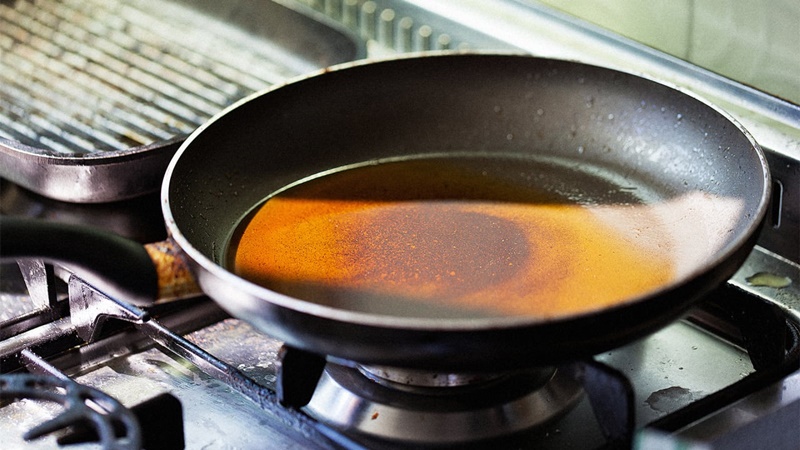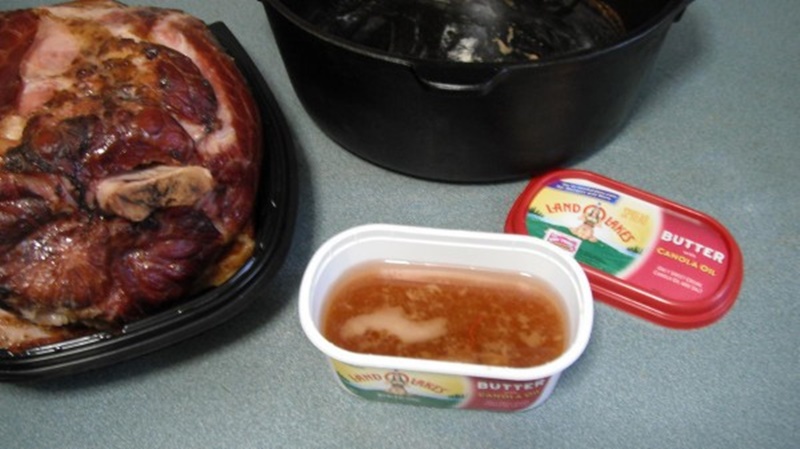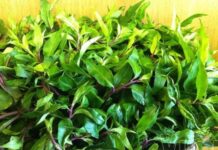Reusing Cooking Oil and Grease
– Most vegetable-based oils like canola, sunflower, and peanut oil, as well as animal fats like lard and duck fat, can be reused after being used for frying or stir-frying once.
– For vegetable-based oils, if you plan on reusing them, it’s best to let the oil cool down, filter out any debris, and store it in a sealed container in a cool, dark place.
– With lard and duck fat, it’s recommended to store them in a sealed container at room temperature if you intend to use them soon. If not, keep the container in the refrigerator.

Disposing of Oil and Grease That Can’t Be Reused
– Oil and grease that don’t fall into the above category, as well as oil that has been reused multiple times, should be discarded. But how do you dispose of it properly?
– Avoid pouring it down the sink or toilet as it can solidify and cause blockages in your pipes.
– Instead, pour the oil or grease into a bowl and place it in the refrigerator to solidify. Once solid, scoop the fat into the trash, or pour it into a sealed container and throw it away.

For more tips and tricks, check out our other articles.
We hope these guidelines help you manage your cooking oil and grease disposal more efficiently. Share your own tips and tricks by leaving a comment below!
Reference: thekitchn.com
The Magic of Transforming Old Cooking Oil: A Safe and Economical Guide
Introducing a fresh perspective on an age-old habit: is reusing cooking oil a savvy savings strategy or a health hazard in disguise? Today, Bach Hoa Xanh delves into the delicate art of balancing frugality with wellness, offering insightful tips on how to navigate this culinary conundrum like a pro. Prepare to bid adieu to wasteful ways and embrace a wiser, healthier approach to your kitchen adventures!
The Ultimate Guide to Choosing and Using Cooking Oils Like a Pro
If you’re curious about the benefits of cooking oils and how to choose the right one for your family’s culinary needs, then this article is for you. We’ll be exploring the world of cooking oils, offering insights into making healthy choices and sharing tips on how to incorporate these oils into your daily routine. Get ready to discover a healthier you!
The Ultimate Guide to Choosing Healthy Cooking Oils: A Tasty Path to Wellness
“Cooking oil is an essential ingredient in every kitchen, used by home cooks and professional chefs alike to create delicious and nutritious meals. But with so many options available, how do you choose the right oil that not only enhances the flavor of your dishes but also contributes to a healthy lifestyle? This article will guide you through the process of selecting the best cooking oil, ensuring that every meal you prepare is not just tasty but also wholesome and beneficial to your health.”






































